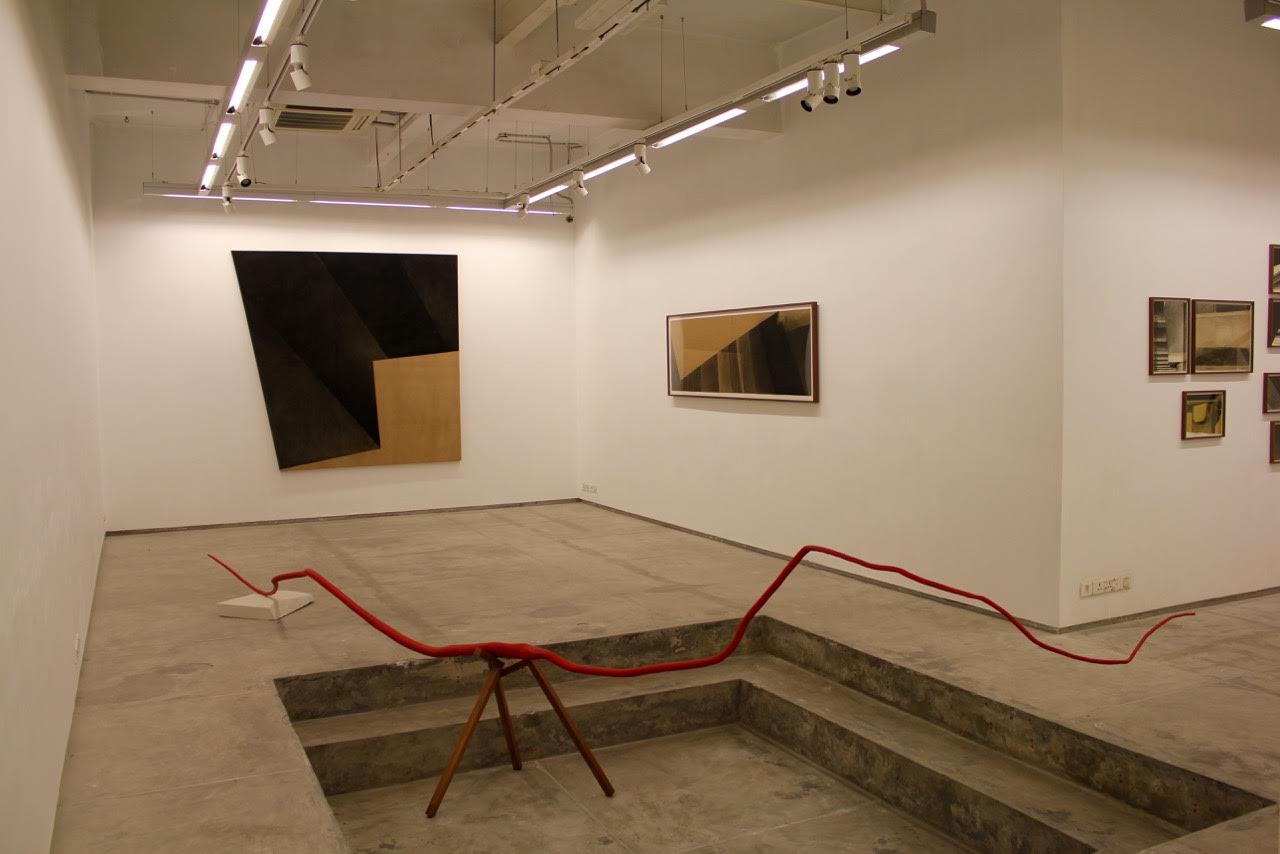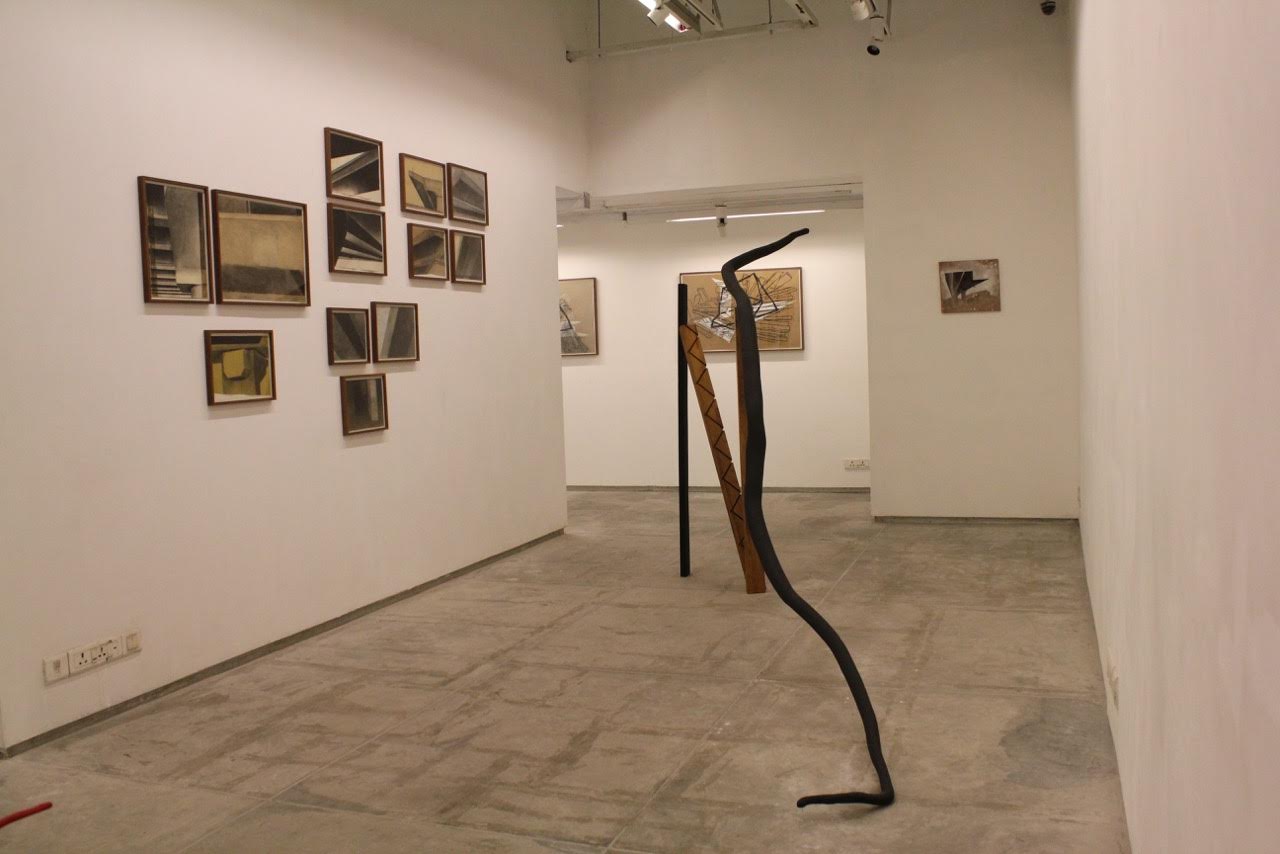Can abstract forms and found materials represent the experience of a city? Can a landscape narrate the story of its inhabitants?
French visual artist Julien Segard arrived in Delhi almost four years ago and has busied himself in discovering the pulse of the city through its landscape and the materials that make it. He told me of his observation of a city under construction; his focus is on a resonance with the feel of the city's fabric rather than being representational. Segard's sculptures can be defined as abstract assemblages of found objects reconstructed anew from the original structures that inspired their making. I recognise a few renditions of a flyover, the underbelly of a bridge and a dark skyline from the city.
He focuses on the things that are easily ignored, perhaps taken for granted, remaining largely in our peripheral vision; objects, certain people and nature. His works, however, develop from conversations with the people he meets at these sites, with their lives and hardships, each translated into an edge of a plane that lies atop of another; a groove, or perhaps a corrugated surface, each precariously positioned within the scheme of his layered works and each relatable to the hierarchy of beings in society.
Segard almost always carries a sketchbook on him, a way to be able to document all his experiences of new places and old, a way to unravel his thoughts and pen down his visual, very personal story. His works, therefore, almost always begin with a sketch, usually in charcoal, placed deep in the compositions that sprout from them.
While studying fine art, he decided to work out of the British sculptor Richard Deacon's studio where bits of plaster, clay and a plethora of objects always lay around: raw materials to be used by other students or stray, discarded bits. Segard's fascination with the physicality of materials grew and he slowly began to use them in his own paintings. With each new work, his sensibilities abstracted the site even more. Segard also spent a fair amount of time in Ghana as part of an exchange program sponsored by Alliance Française and gave me some insights into life there. He explains, "Everything is a matter of life and death, everything is about survival." He further illustrates his own disposition: the experiences that pushed him to look at life the same way, carrying his book of sketches everywhere and talking to people he "finds" along the way. His works reflect a similar metaphorical counter-play, as seen in the natural and man-made worlds.
Segard almost always carries a sketchbook on him, a way to be able to document all his experiences of new places, and old, a way to unravel his thoughts and pen down his visual, very personal story. His works, therefore, almost always begin with a sketch, usually in charcoal, placed deep in the compositions that sprout from them.
For this current solo exhibition, Anywhere But Here, on display at Experimenter Gallery, Kolkata, Julien Segard focuses on his ominous vision of the world through a series of dark charcoal drawings, sculptural assemblages of metal scrap, paper and cardboard all collaged and nailed together, and abstract minimalist sculptures that can be identified as a vessel, a nerve, or the pulse of an experience.




Anywhere But Here is on view until 19 September 2015.
